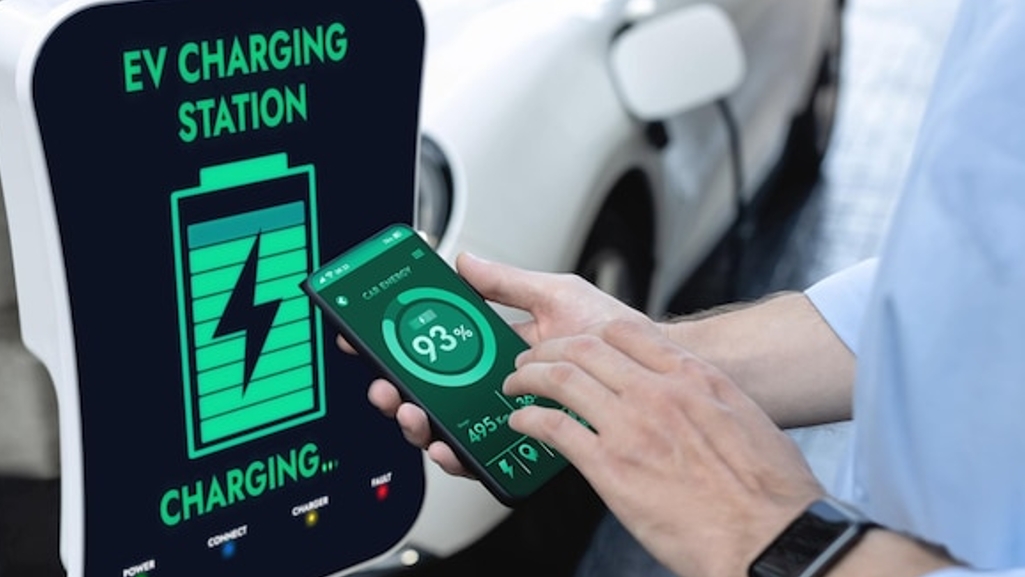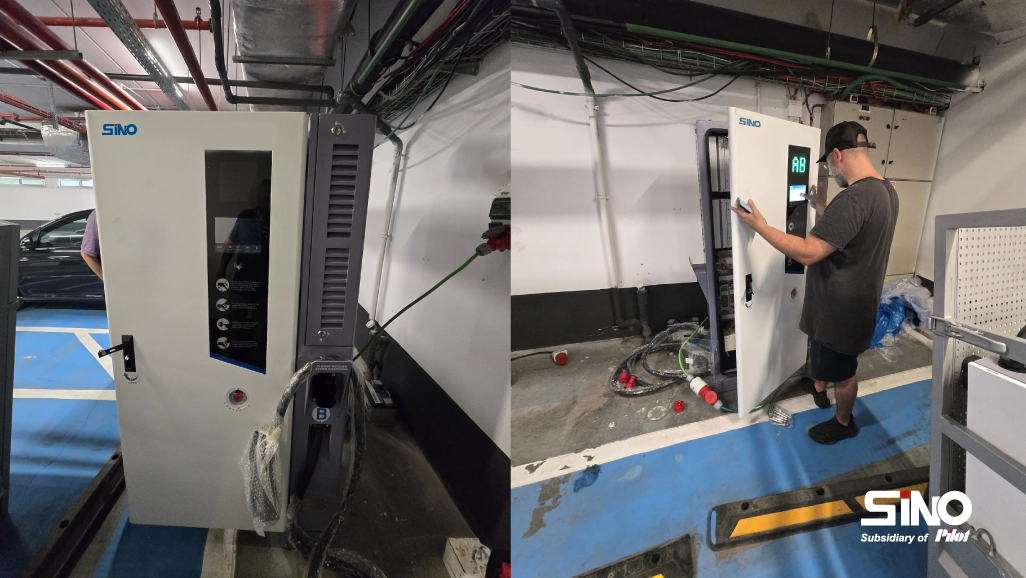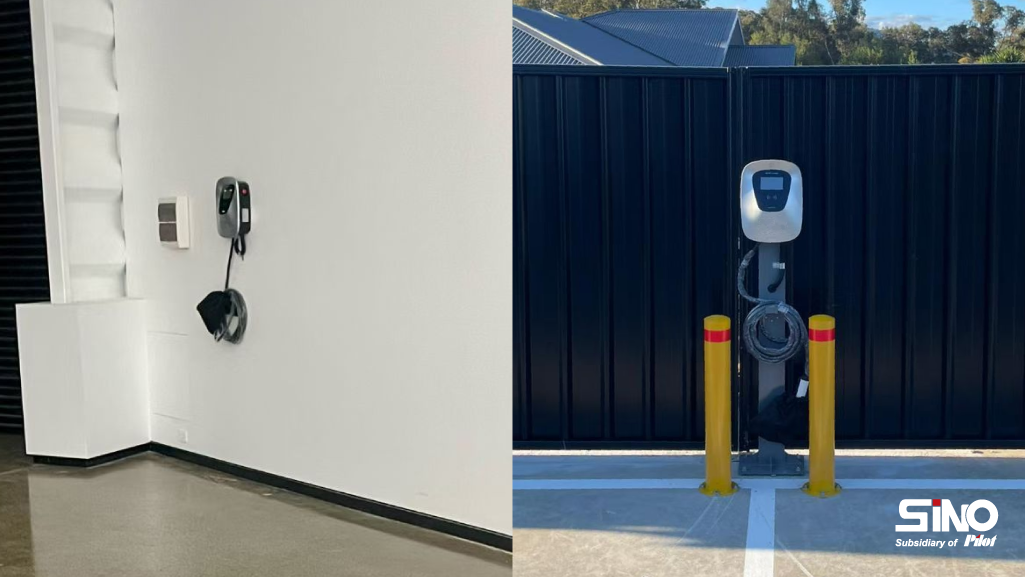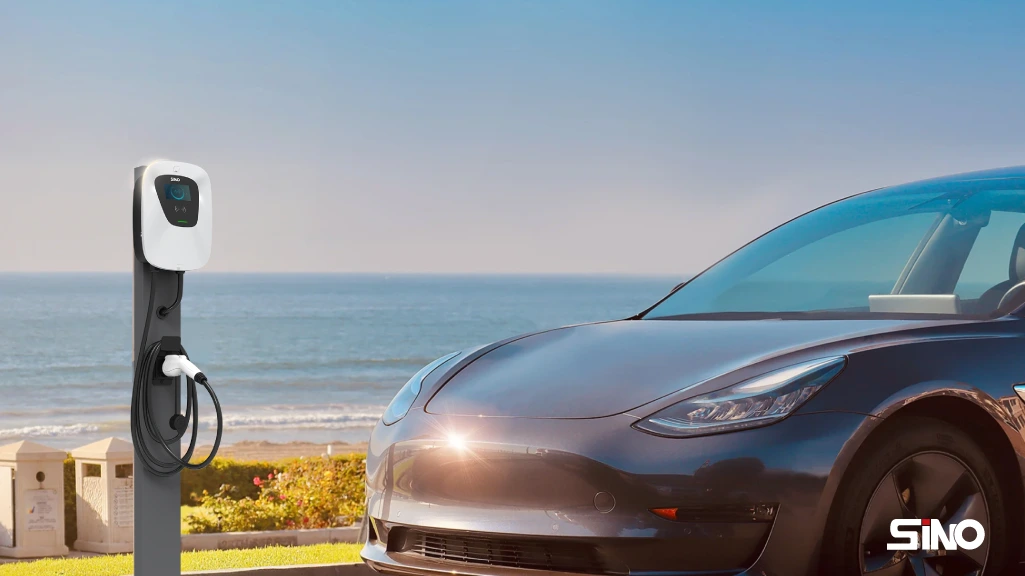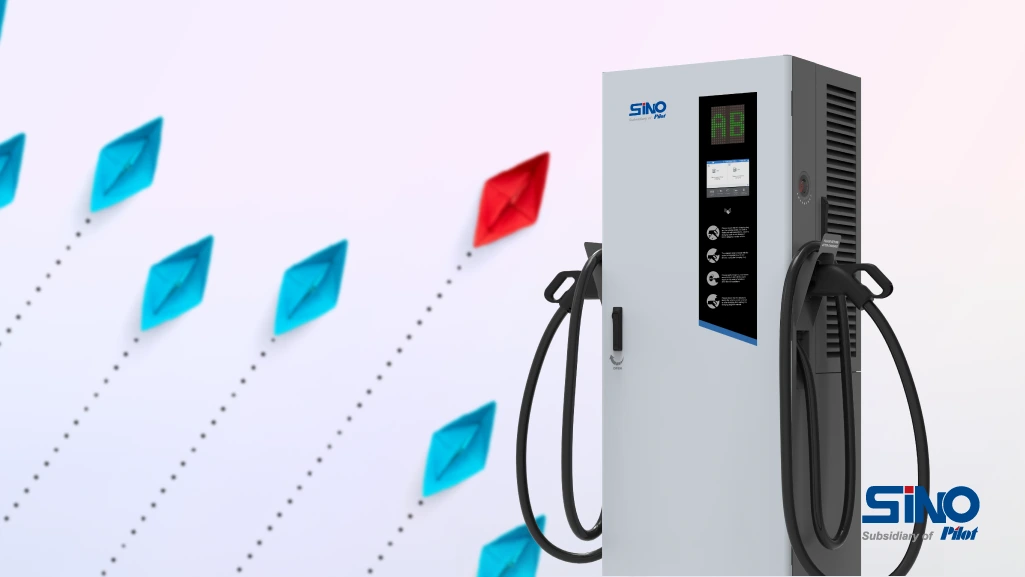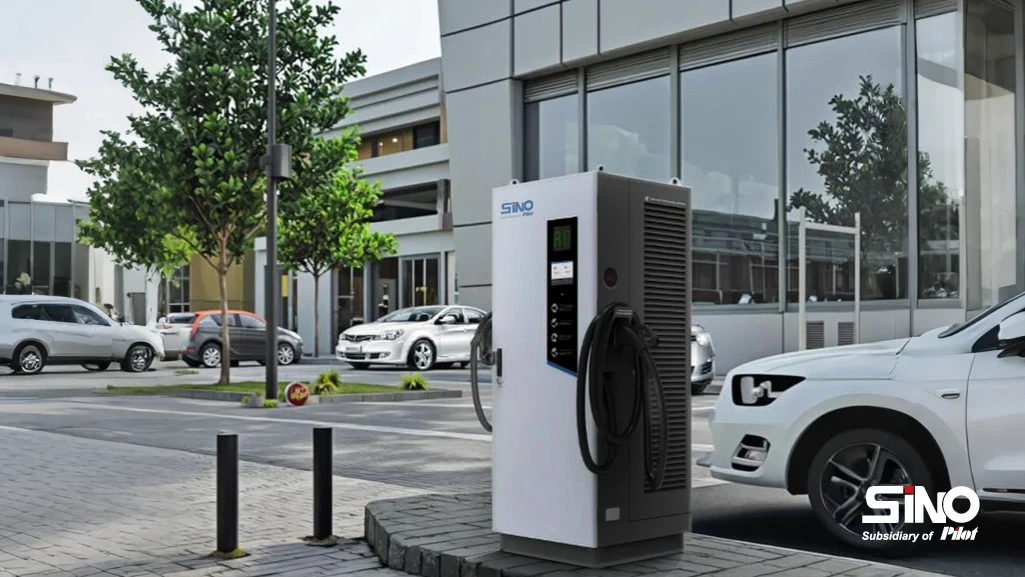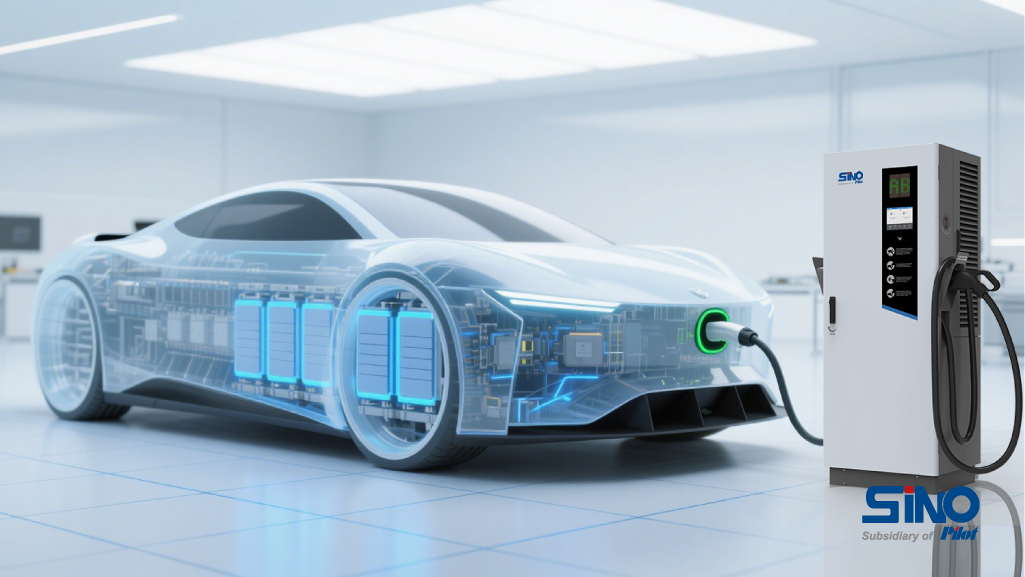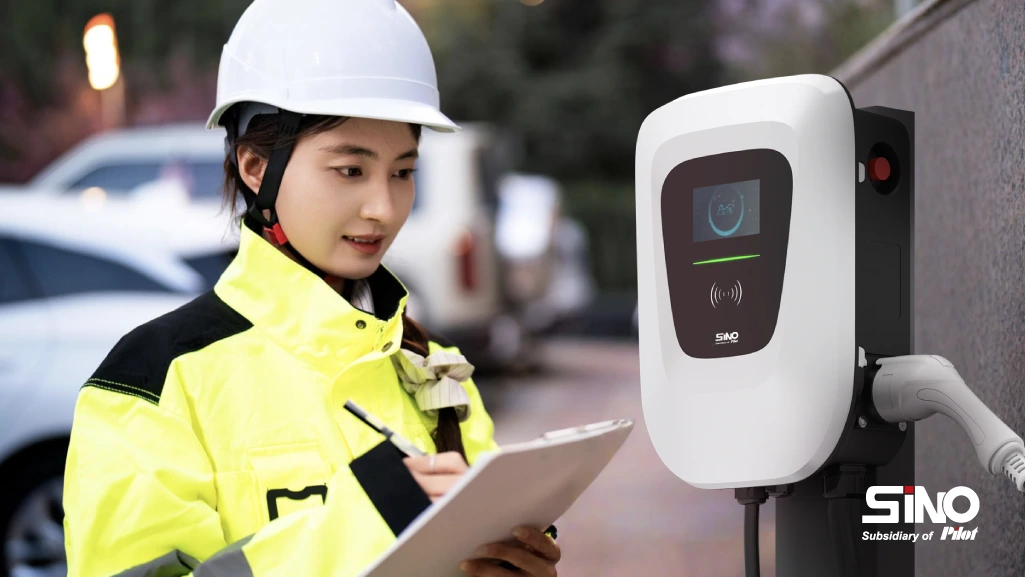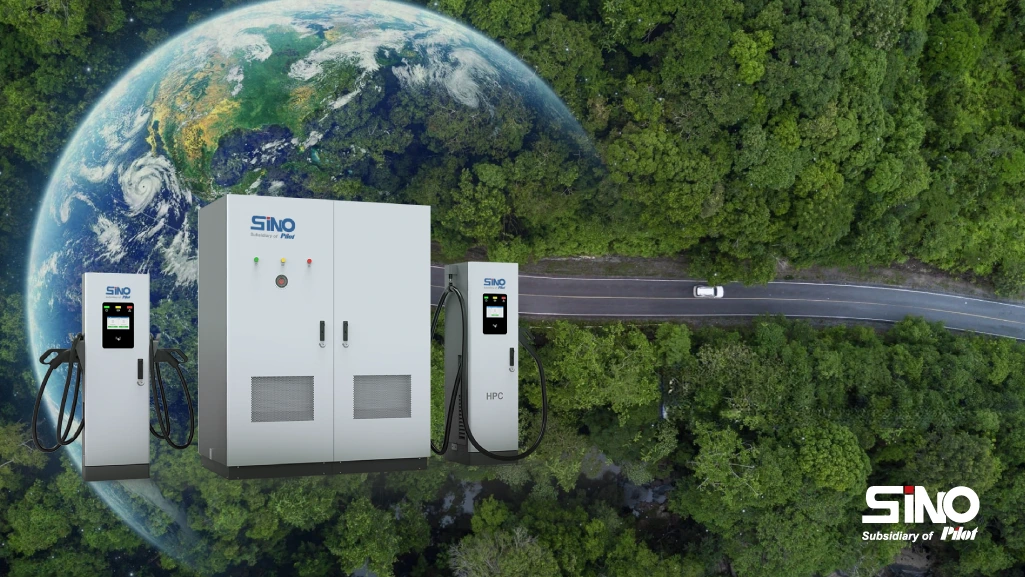Electric vehicles have become a core part of the automotive industry’s shift towards sustainable transportation. As more and more people are driving electric cars, understanding basic terms related to EVs, including State of Charge (SOC), is crucial to ensure the proper functioning of the vehicle. The SOC of an electric vehicle is one of the most important parameters that directly influences the vehicle’s operating efficiency, driving range, and lifespan of the battery.
In this paper, the definition of SOC in electric vehicles will be explored, its importance discussed, and effective management strategies to keep your EV efficient over the long term examined.
Understanding SOC in Electric Vehicles
What is SOC in electric cars?
The abbreviation SOC stands for State of Charge, referring to the current level of charge in an electric vehicle’s battery. It is usually expressed as a percentage, where 0% indicates a fully discharged battery and 100% indicates a fully charged battery. The SOC is an important parameter that allows drivers to estimate the remaining energy in the battery and determine how far they can go before they need to recharge.
In EVs, it is important not only for obtaining the remaining driving range of the vehicle but also for ensuring optimal battery health and prolonging its life. The SOC tells drivers when to recharge, and with many modern EVs offering real-time SOC updates via dashboards or mobile apps, it is easy to keep track of charge levels even when on the move.
The role of SOC in EV Charging
SOC is central to how EVs charge and discharge their batteries. To begin with, the charging is designed to be efficient, with charging speeds varying according to the SOC. For instance, in cases where the SOC is low—say, less than 20%—charging will normally be quite faster, and the vehicle can normally accept a higher rate of charge. As the SOC rises toward 80-90%, the charging speed usually slows to avoid overcharging and maintain the health of the battery.
It also determines the efficiency of regenerative braking. When the SOC is low, the regenerative braking system is going to work more and hence recharge the battery. On the other hand, when the SOC is high, the system might not be very effective in capturing energy during braking.
EV charging management software can help monitor and optimize charging processes based on SOC data to enhance the efficiency of charging stations.

How is SOC measured in EV batteries?
Generally, SOC is measured with the help of advanced algorithms and sensors in the BMS of an electric vehicle. The BMS keeps track of parameters such as voltage, current, temperature, and charging/discharging cycles of the battery for the estimation of SOC. These systems use complex calculations to determine the remaining charge in the battery.
Although SOC measurements can slightly vary between different EV models and battery types, most modern electric vehicles use precise methods to ensure accuracy. A few EVs even allow checking the SOC manually through digital displays or via smartphone apps, which provide a way of knowing in real-time.
Why Managing SOC is So Important for Your EV
Optimizing Battery Life through SOC
It is critical to monitor and manage the SOC of your EV to extend the life of your battery. Inevitably, all batteries degrade due to chemical reactions and repeated charging cycles; however, careful SOC management surely can decrease the wear on the batteries and improve their life expectancy.
In order to maximize battery lifespan, it is usually recommended to avoid charging the battery to 100% too often or letting it discharge completely. Keeping the state of charge between 20% and 80% is probably the best compromise for most batteries in EVs. This reduces the stress on the battery, which may help prevent premature capacity loss.
Impact of SOC on Driving Range and Performance
The SOC directly affects the driving range of your EV. The higher the SOC, the greater the power at your disposal to drive; the lower the SOC, the shorter the distance you can travel. Most manufacturers of EVs give estimates on how much driving range an EV has when its battery is fully charged, but real-world driving conditions can change this number dramatically.
Other than this, driving habits, road conditions, and using air conditioning can all impact the distance an EV can travel on a single charge.
An important aspect of managing SOC is balancing the need for range with battery health. Keeping the SOC within the recommended range ensures you can make the most of your EV’s range without compromising its performance or longevity.
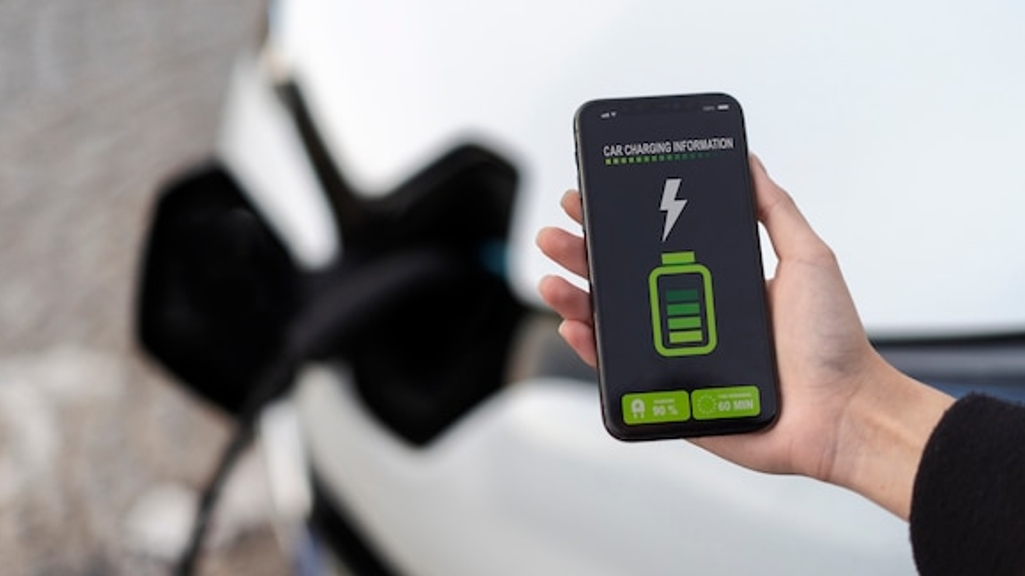
SOC and Charging Best Practices for Electric Vehicles
When to charge your EV for optimal SOC
To keep your EV battery in top shape, you need to know when to charge it. Frequent top-up charging is generally not a problem for most EVs, but charging to 100% too often will shorten the life of the battery over time. So, if you don’t need the full range for your daily driving, charge your EV to about 80%. The generally recommended approach for most drivers is to charge only when the SOC drops to about 20-30%.
For long trips or when you need maximum range, charging to 100% may be necessary, but regular charging to 100% should be avoided when possible.
SOC and Charging Infrastructure
The charging infrastructure used with your EV also plays a role in controlling the SOC. Fast chargers save a lot of time but may cause a slight rise in battery temperature, which over time could have an effect on long-term battery health if engaged too frequently. DC EV chargers are often faster but can be harder on the battery over time. Level 2 charging, which involves AC EV chargers, maintains a more stable charge and is better suited for everyday usage, being easier on the battery.
Many EV charging station manufacturers now display the current SOC of your vehicle in the charger, which helps to let you know how much you will need to top up the charge or whether your battery is already within the ideal range.

The Impact of SOC on the Ecological System
SOC management is a big factor in the environmental impact of EVs. It ensures efficient use of the battery by preventing excessive charging and thus optimizing energy consumption. This prevents overcharging of batteries, minimizing energy wastage and hence contributing to a greener electric vehicle system.
Moreover, by combining good SOC management with renewable sources of energy, such as solar power, EV owners can further lower the carbon footprint of charging their vehicle. This further makes driving an electric vehicle more environmentally friendly since the energy used in its charging can be from cleaner, renewable methods.
Conclusion
The key to maximizing performance from a battery, extending its life, and getting the best driving range is SOC management. With the proper SOC, EV owners can ensure good efficiency and sustainability of their vehicles. SOC is more than just a number; it has a very important place from the health of the battery to the environmental impact, making this feature part of the modern electric driving experience.
FAQs
1. What does SOC stand for in EV charging?
SOC State of Charge, the current level of charge in an electric vehicle’s battery, usually given as a percentage.
2. How do I know the state of charge in my EV battery?
Most electric vehicles display the SOC on the dashboard or via a mobile app, providing real-time information about your battery’s current charge level.
3. What is the ideal SOC range for my EV battery?
Most EV batteries will have optimal health and longevity if they are kept between 20% and 80% SOC.
4. How does SOC affect my electric car’s range?
SOC has a direct impact on your EV’s range. The higher the SOC, the more energy is available for driving. As SOC decreases, the available range reduces accordingly.
5. Is it bad to charge my EV battery to 100% every time?
It will reduce battery life if charged to 100% on a regular basis. It’s always better to charge to 80%, saving 100% for long trips where maximum range is needed.
Our Social
Facebook: www.facebook.com/sinoevc
Instagram: www.instagram.com/sinoevc
Linkedin: www.linkedin.com/company/sinoevse
Youtube: www.youtube.com/@sinoevc
Twitter: www.twitter.com/sinoevc

“Charging for A Better Life”
—Zhuhai Sino Energy Technology Co.,Ltd.



